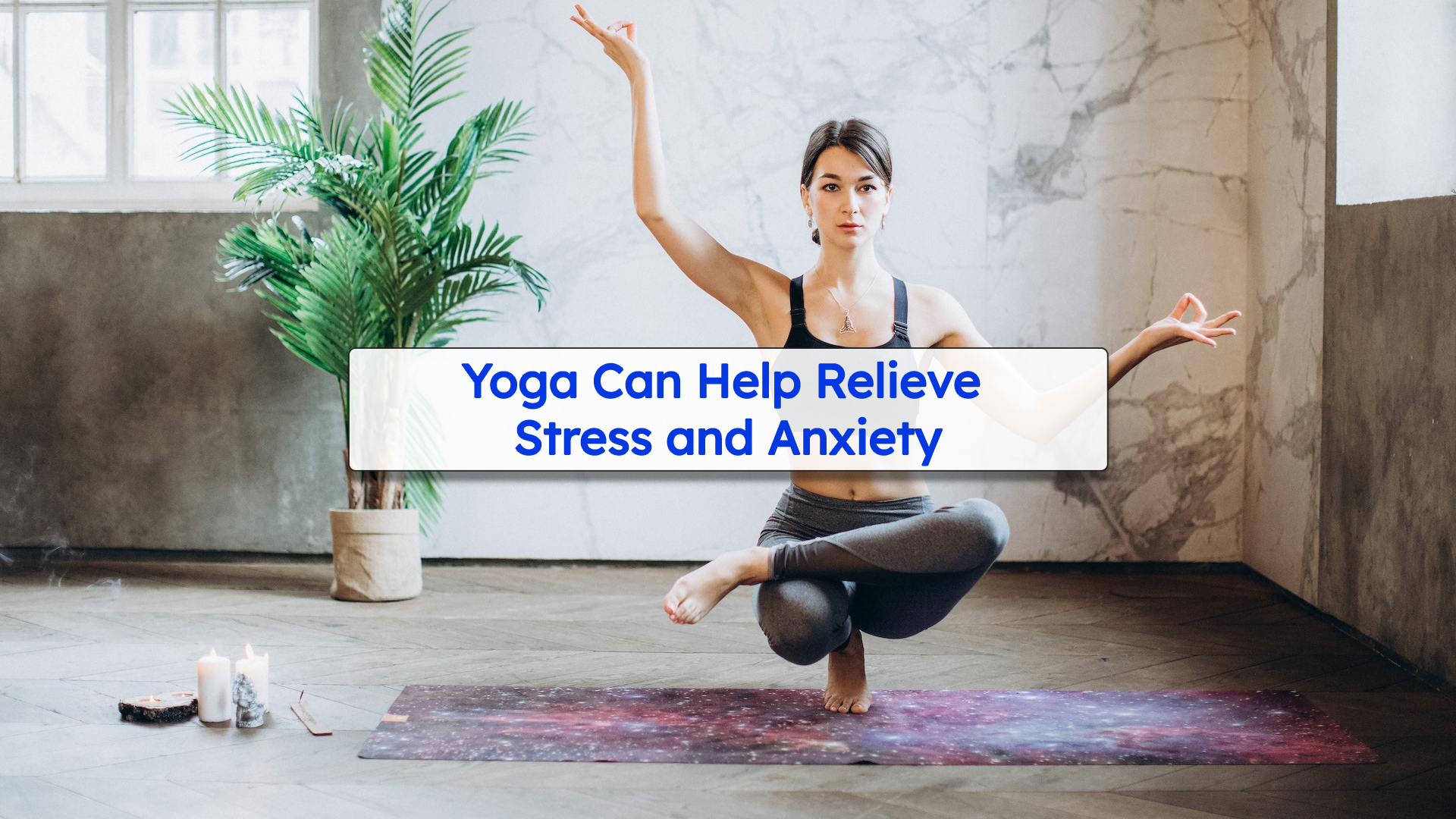In today’s fast-paced world, stress and anxiety have become common challenges that many people face. While there are numerous methods to manage these issues, yoga has proven to be one of the most effective natural solutions. Combining physical postures, breathing exercises, and meditation, yoga offers a holistic approach to reducing stress and promoting mental well-being.
The Science Behind Yoga and Stress Relief
Yoga works by calming the nervous system and reducing the production of stress hormones like cortisol. It activates the parasympathetic nervous system, which helps the body relax and recover from stress. Studies have shown that regular yoga practice can decrease anxiety, lower blood pressure, and improve overall emotional resilience.
Key Benefits of Yoga for Stress and Anxiety
- Deep Breathing (Pranayama) – Controlled breathing techniques help reduce heart rate, lower blood pressure, and calm the mind.
- Physical Postures (Asanas) – Gentle movements and stretches release tension from the body and improve flexibility.
- Mindfulness and Meditation – Practicing mindfulness through yoga helps individuals stay present, reducing overthinking and worry.
- Better Sleep – Yoga can improve sleep quality, making it easier to manage stress and anxiety.
- Enhanced Self-Awareness – By connecting with the body and mind, individuals become more aware of their emotional and physical state, helping them respond to stress in healthier ways.
Best Yoga Poses for Stress and Anxiety Relief
If you’re new to yoga or looking to incorporate stress-relieving poses into your routine, here are some effective options:
- Child’s Pose (Balasana) – A grounding pose that promotes relaxation and relieves tension in the back and shoulders.
- Legs Up the Wall (Viparita Karani) – Helps reduce fatigue, lower stress levels, and improve circulation.
- Cat-Cow Pose (Marjaryasana-Bitilasana) – A gentle movement that releases tension in the spine and promotes deep breathing.
- Corpse Pose (Savasana) – Encourages deep relaxation and mental clarity.
Tips for Incorporating Yoga into Your Daily Routine
- Start with just 10–15 minutes of yoga daily.
- Practice in a quiet and comfortable space.
- Focus on deep, intentional breathing during your practice.
- Pair yoga with meditation or journaling for added stress relief.
- Stay consistent to experience long-term benefits.
Conclusion
Yoga is a powerful and accessible tool for managing stress and anxiety. Whether you’re a beginner or an experienced practitioner, incorporating yoga into your daily life can lead to improved mental and physical well-being. By practicing mindful movement, controlled breathing, and relaxation techniques, you can cultivate a sense of inner peace and resilience in the face of life’s challenges.
Start your yoga journey today and experience the transformative benefits it can bring to your mind and body!


